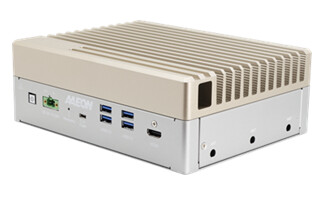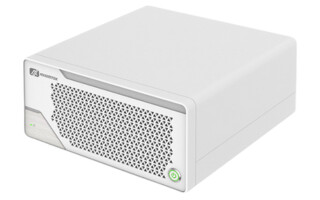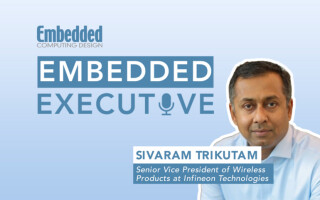Tear Down: Noise Luna Ring
May 22, 2025
Blog

The best part about writing Tear Down articles is that I get to try out the latest/coolest products. The worst part is that I have to take the products apart, and only having a hammer in my toolbox, the products never work again.

The Luna Ring, developed by India-based tech company Noise, certainly fits the bill of a cool product. And it’s one I really wanted to take for a test spin. I got my hands on the Gen 1 Ring (Gen 2 wasn’t shipping yet). As a health and wellness product, it features sleep tracking, heart rate monitoring, and activity tracking. It’s housed in a lightweight gold-plated titanium package that’s quite durable. I wore it throughout all my activities, and it still shines like the day I got it (until it had to come apart). It’s water resistant up to 50 m, and while I didn’t go down nearly that far, I did immerse it in water while swimming.
Thanks to a plethora of sensors that are packed into a tiny space, it can monitor more than 70 health metrics. These sensors include a photoplethysmography (PPG) sensor for heart rate monitoring (resting heart rate, heart rate variability, and respiratory rate), a three-axis accelerometer for movement tracking, and a skin temperature sensor.
If you’re not familiar with “photoplethysmography,” (I wasn’t), it’s a non-invasive optical technique that measures blood volume changes in the microvascular bed of the body. According to the Noise folks, it uses light to detect these changes, allowing for the monitoring of various physiological parameters, including heart rate, blood pressure, and oxygen saturation.
The result is that the device provides insights into sleep quality, stress levels, heart rate variability (HRV), blood oxygen levels, stress monitoring and overall readiness. The analysis of these stats are managed by an AI engine called LunaAI. And the engine can even personalize its results, offering advice on nutrition, workouts, and recovery. In terms of sleep tracking, it monitors the various sleep stages, including REM, deep, light, and awake, along with sleep efficiency.


I generally get about two or three days on a charge. I typically chose to charge overnight, as I was less interested in my sleep statistics, although that was way more time than I needed. A friend who happened to have the same ring said he charged it every day for about 15 minutes, while getting himself ready in the morning. The ring comes with its own charging base, as the process occurs wirelessly. It simply sits in the charger.
I don’t get into pricing in my Tear Downs, as I’m usually just concerned with the design aspects. That said, it sells for under $200, which I thought was very reasonable. And it doesn’t require a subscription, which I thought was great.
The app is very intuitive. In fact, when I would return from an activity, walking, running, etc., the app would ask me if I just returned from the respective activity. And I can’t remember an instance where it was not correct.
What’s Inside?
What’s on the inside? All communications between the ring and the phone are handled through an integrated Bluetooth Low Energy (BLE) controller that conforms to the Bluetooth 5.0 specification. In terms of memory, the ring holds 2 Mbytes of flash for the program code and data. There’s also 768 kbytes of SRAM to maximize performance (and execution speed).
A second MCU (beyond the BLE controller) is present to handle other functions on the ring, like managing the sensors. That device is running the FreeRTOS operating system. Power comes from a 18-mAh stacked lithium battery.
The biggest changes for the upcoming generation 2 ring, available before the end of this summer, are a smaller and lighter design, a more advanced charger, and a significantly longer battery life.





